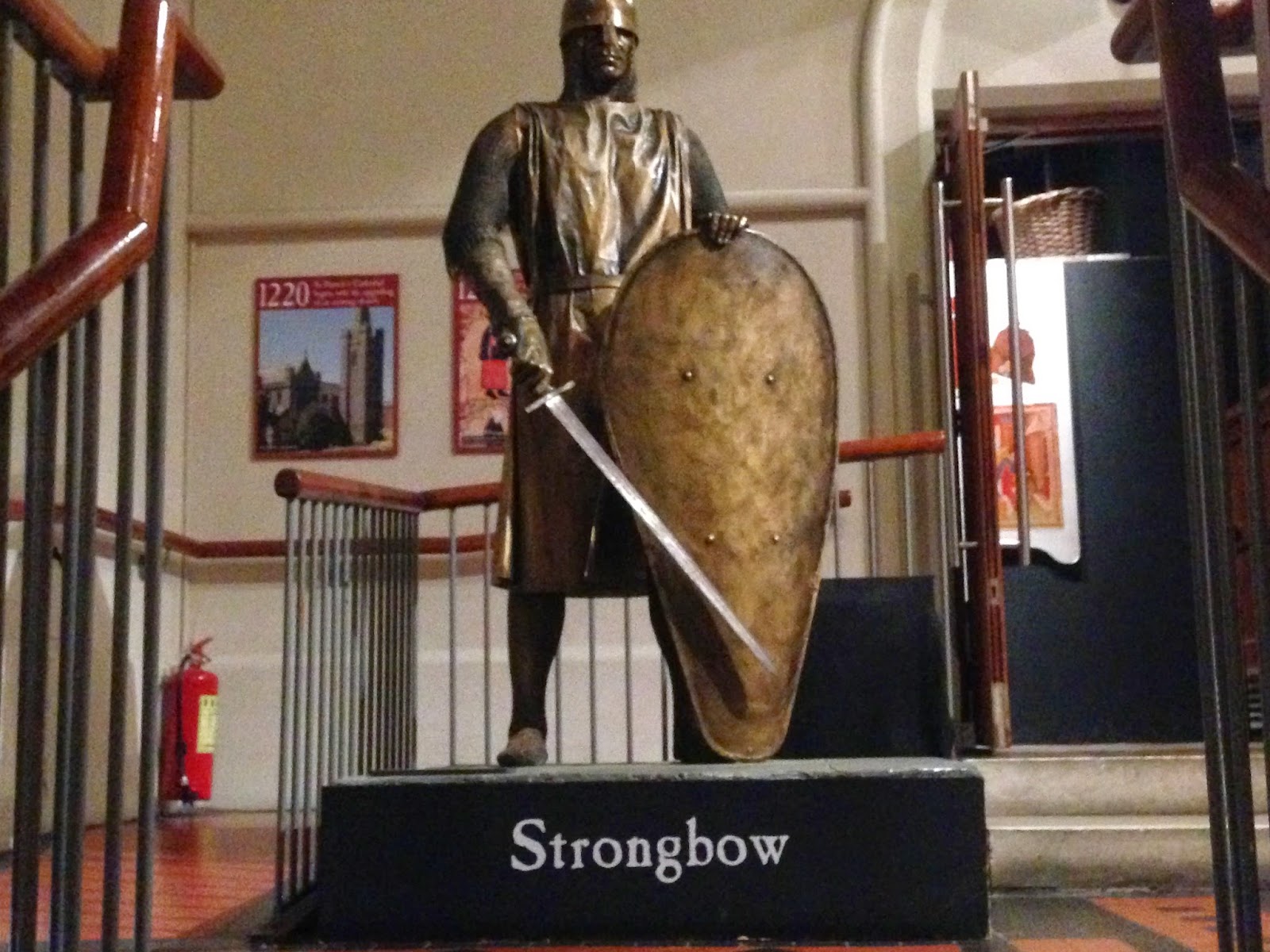 Here are some other highlights of my few days in Dublin's fair city. I missed some of the obvious stuff -- e.g., Trinity College, tour of Dublin Castle, the Guiness Brewery -- because we saw those on our first trip to Ireland, honeymoon 1982.
Here are some other highlights of my few days in Dublin's fair city. I missed some of the obvious stuff -- e.g., Trinity College, tour of Dublin Castle, the Guiness Brewery -- because we saw those on our first trip to Ireland, honeymoon 1982.No photos allowed, I'm afraid, for the Chester Beatty Library near Dublin Castle with its wonderful light and extensive collection of manuscripts, ancient books, and decorative items. I visited during an exhibition of sacred writings from the Islamic and Judeo-Christian traditions. I am a fool for such things, and I was staggered at the collection, believing it to rival even the British Library in London. So amazing that these inks made of ground stones and flowers are there for us to see after millennia. The talent, devotion, and sometimes wit and originality of the anonymous makers often leap out in surprising ways. My unfamiliarity with any Eastern language meant that I missed that in the Islamic section, but a close look at the manuscripts made me suspect they were there. The borders were particularly ornate. The passionate display of faith inspired me to take a look at some related writings in the bookstore. I am very happy to have discovered Rumi's poetry as a result of this visit.
Nearly everyone is likely to enjoy a visit to Dublinia, a multi-dimensional salute to Dublin's Viking origins. The museum features dioramas and interactive displays aimed at visitors of varied national origin and English comprehension.
An Earth Box in a cathedral!






















